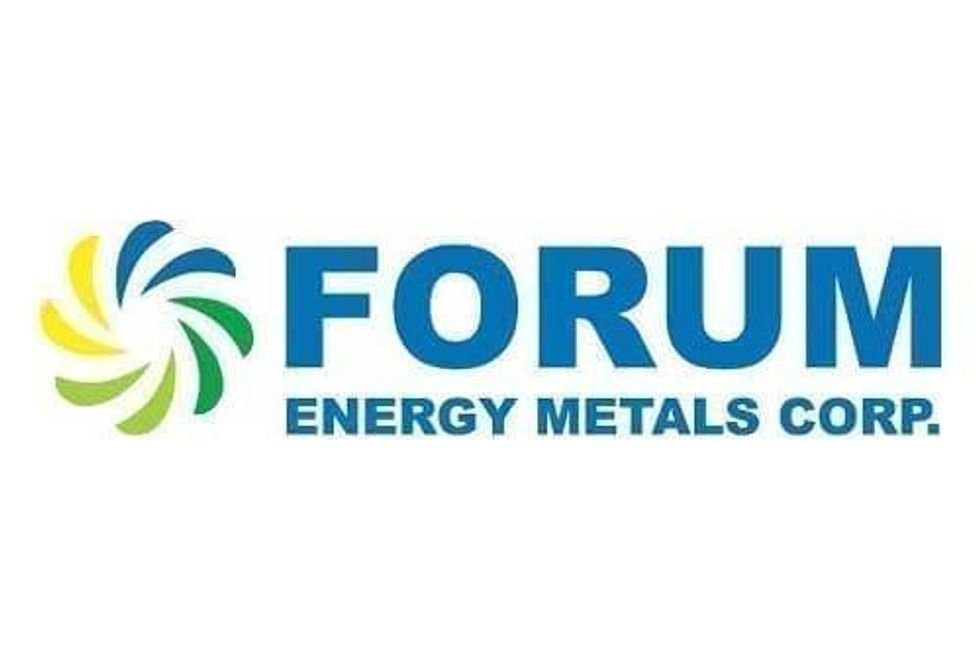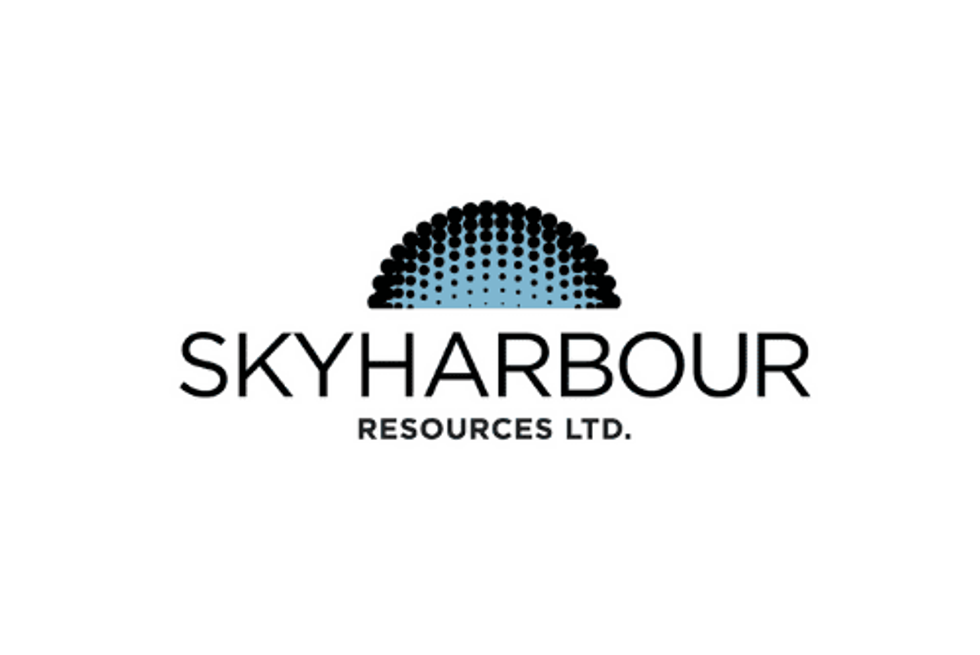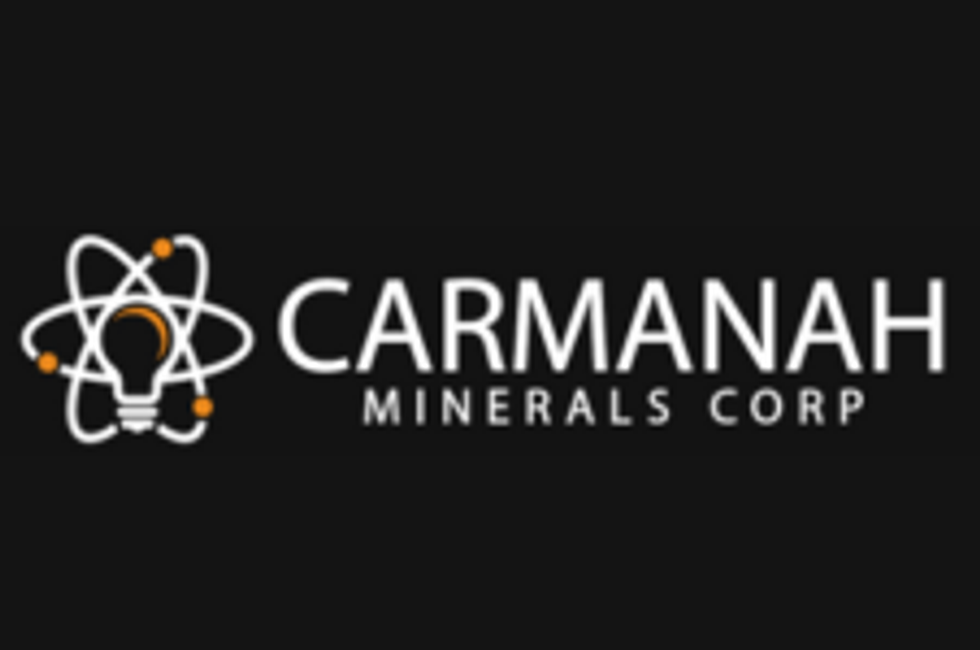- AustraliaNorth AmericaWorld
Investing News NetworkYour trusted source for investing success
- Lithium Outlook
- Oil and Gas Outlook
- Gold Outlook Report
- Uranium Outlook
- Rare Earths Outlook
- All Outlook Reports
- Top Generative AI Stocks
- Top EV Stocks
- Biggest AI Companies
- Biggest Blockchain Stocks
- Biggest Cryptocurrency-mining Stocks
- Biggest Cybersecurity Companies
- Biggest Robotics Companies
- Biggest Social Media Companies
- Biggest Technology ETFs
- Artificial Intellgience ETFs
- Robotics ETFs
- Canadian Cryptocurrency ETFs
- Artificial Intelligence Outlook
- EV Outlook
- Cleantech Outlook
- Crypto Outlook
- Tech Outlook
- All Market Outlook Reports
- Cannabis Weekly Round-Up
- Top Alzheimer's Treatment Stocks
- Top Biotech Stocks
- Top Plant-based Food Stocks
- Biggest Cannabis Stocks
- Biggest Pharma Stocks
- Longevity Stocks to Watch
- Psychedelics Stocks to Watch
- Top Cobalt Stocks
- Small Biotech ETFs to Watch
- Top Life Science ETFs
- Biggest Pharmaceutical ETFs
- Life Science Outlook
- Biotech Outlook
- Cannabis Outlook
- Pharma Outlook
- Psychedelics Outlook
- All Market Outlook Reports
Last week the Nuclear Regulatory Commission issued an operating license for Uranium One’s Moore Ranch uranium mine. It is the first new uranium mine license issued in the USA since 1998. The Moore Ranch facility covers some 2873 hectares in the Powder River Basin region of northern Wyoming.
Last week Bloomberg News reported that a survey conducted by the Wyoming Survey & Analysis Center at the University of Wyoming found state residents put job creation and tax revenue above environmental and health concerns when it comes to mineral extraction in general. This was reflected by a strong majority of Wyoming residents to support uranium mining, and support for the most common method of extracting uranium employing in-situ recovery (ISR) methods.
When asked to rate various considerations in energy development in the state, 80 percent of the respondents rated job creation and 70 percent rated tax revenue as very important. Forty-nine percent rated environmental impacts as very important, and 65.6 percent rated health impacts as very important. Only 37 percent considered greenhouse gases as a very important consideration.
Wyoming is the nation’s leading uranium producer with just one operating mine and resources estimated to total 167,000 tonnes in the entire state. Cameco Corp.’s (TSX:CCO) Smith Ranch-Highland mine in Converse County is the largest U.S. uranium production facility in the state. With proven and probable reserves totaling 5.9 million pounds of uranium, reported production last year was 1.8 million pounds. Cameco reports that the current operation employs approximately 110 people. Thirteen other mines in the state are in various stages of permitting, licensing or restarting.
Significant Developments
Last week the Nuclear Regulatory Commission (NRC) issued an operating license for Uranium One’s (TSX:UUU) Moore Ranch uranium mine. It is the first new uranium mine license issued in the USA since 1998. The Moore Ranch facility covers some 2873 hectares in the Powder River Basin region of northern Wyoming. Uranium One said that it expects the project to become a satellite ISR operation, with loaded resins to be transported to its fully permitted Willow Creek plant for further processing. Production of uranium bearing resins from Moore Ranch is expected to begin in 2012, serving as an additional source of feed to the Willow Creek central plant.
Originally, Uranium One submitted its application for a license for the Moore Ranch operation in October 2002. On June 4, 2009 the NRC issued a generic environmental impact statement (EIS) on ISR mining in the western USA. This will dramatically streamline the process, although it will not eliminate the requirement for a supplementary EIS for each new mine. The NRC expects 17 applications for ISR facilities in the next couple of years, with each taking two years to process, including public participation.
Investment Ranking
Wyoming scores high in several areas measured by the Fraser Institute, according to its annual report. 63 percent of industry respondents said Wyoming’s taxation is not a deterrent to mining investment, and 13 percent said it actually attracts investment. Wyoming also scored well in terms of environmental regulations with 71 percent of respondents saying that the environmental regime here either attracts investment or is not a deterrent. The Fraser Institute also listed Wyoming second in the U.S. in labor market performance from 2005 to 2009, closely trailing Alaska. “Wyoming had low average unemployment rates, low durations of unemployment, and high worker productivity,” the Fraser Institute stated in a press release earlier last month.
Additional Investment Considerations
Uranerz (TSX:URZ) is in the process of permitting its Nichols Ranch ISL operation in the Powder River Basin of Wyoming. This will have a number of satellite operations, starting with Hank, with loaded resin being trucked to Nichols Ranch, which is being licensed for 770 tonnes of uranium per year forecasted to start in 2011. The company’s Wyoming properties include a total of 29,251 acres with resources of 4,150 tonnes spanning five deposits, including indicated resources of 1,137 tonnes for Nichols Ranch itself, 1050 tonnes for Jane Dough and 256 tonnes for the Rolling Pin deposit.
Spot Price Climbing
With nine transactions reported this week the spot uranium market was extremely active. Stronger buying interest escalated prices early in the week, with transactions concluded through mid-week closing at prices slightly above the current spot price reported by TradeTech. As the week came to a close, prices slightly adjusted to the downside, with the spot price settling at $48.00 per pound of uranium.
With help from Assistant editor Vivien Diniz
Outlook Reports
Featured Energy Investing Stocks
Browse Companies
MARKETS
COMMODITIES
| Commodities | |||
|---|---|---|---|
| Gold | 2335.10 | +4.45 | |
| Silver | 27.50 | +0.14 | |
| Copper | 4.59 | +0.05 | |
| Oil | 83.87 | +0.30 | |
| Heating Oil | 2.57 | +0.01 | |
| Natural Gas | 1.56 | -0.08 | |
Investing News Network websites or approved third-party tools use cookies. Please refer to the cookie policy for collected data, privacy and GDPR compliance. By continuing to browse the site, you agree to our use of cookies.






